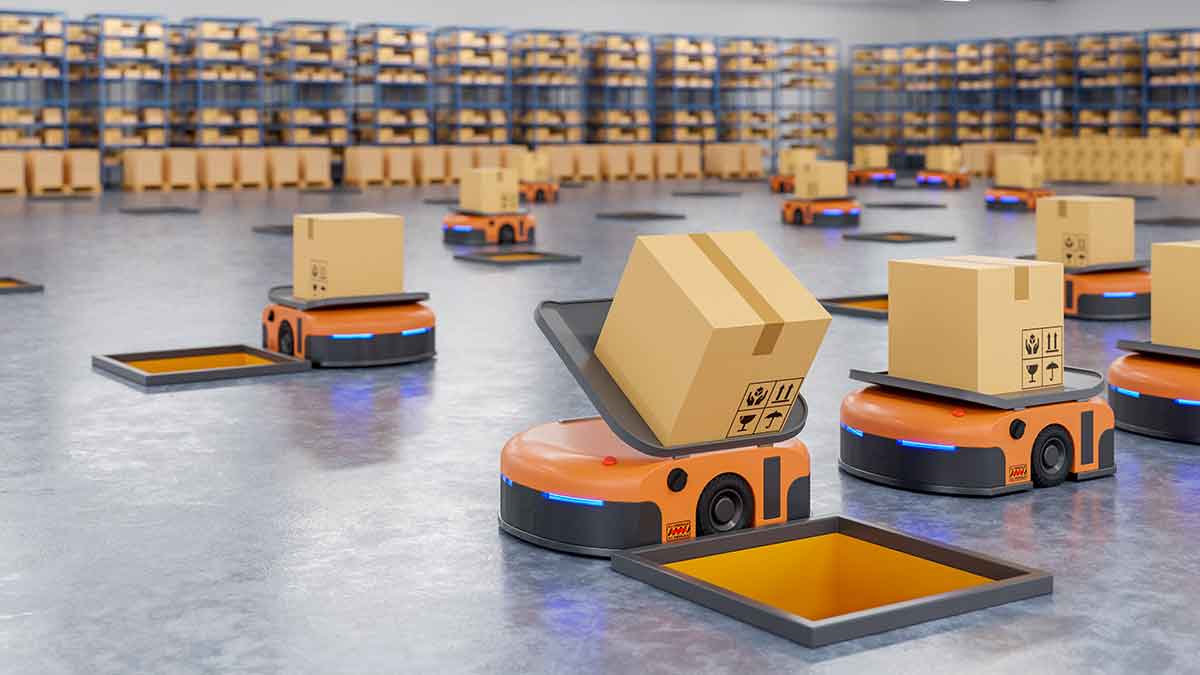If you connect and automate machines, they generally work in a more efficient way. This is a basic principle that makes sense, since manufacturing automation allows for data exchange, thus optimizing processes.
Even though it may sound like a vision, IoT is making manufacturing automation a simple reality. It is becoming a crucial part of many manufacturing plants as IoT technology provides a substantial increase in savings and efficiency while also opening up potential new revenue streams.
Moreover, IoT gives way for reconfiguration of facilities to allow manufacturers to keep up with changing demands. Sustainability is also easier to support, which is especially important in times of extreme climate conditions.
Manufacturing Automation: Case Studies
In 2016, Harley-Davidson used IoT to transform its York (Pennsylvania, USA) manufacturing plant and cut down the time it took to make a motorcycle. This reduced the cycle time from 21 days to just six hours. They now produce one motorcycle every 89 seconds.
Minor changes to processes can make a huge difference in the biotech or pharmaceutical industry. Manufacturing automation allows manufacturers to establish the best time and conditions to clean a facility and detect anomalies within a chemical process.
Multiple reports claim that the US is responsible for $50 billion in annual US pharma manufacturing waste. This is an opportunity to improve the operations of factories so that the right drug can be delivered at the right moment. It is a different story when the right price is chosen. Regardless, IoT disrupts old models and creates innovation that benefits both patients and manufacturers.
The fashion industry is also making progress. Hugo Boss was the first to introduce manufacturing automation with IoT at IoTSWC19. This facility is located in Izmir (Turkey). It has networked machines and extensive data analysis. These flexible processes allow for lower costs and increased quality while also increasing production sequences.
A Pretty Big Market
These are only some of the examples. Manufacturing encompasses a variety of different types of products and operations. In addition, it also includes a vast range of people, parts, machines, and information systems. These are all important drivers for growth.
It is estimated that IoT applications for manufacturing will generate $1.2 trillion to $3.7 trillion in economic value annually by 2025.
Data is essential in order to help extract any value from IoT-enabled devices, sensors, and connected objects in manufacturing.
Manufacturers must extract the correct data and perform the appropriate analysis in order to take advantage of the IoT architecture which is not easy. This is especially true when cybercrime attacks target the manufacturing sector, which accounts for one third of all cybercrime attacks.
This is normal considering the fact that factories which implement manufacturing automation with IoT are migrating from old factories, thus creating new vulnerabilities.
It also means that manufacturers must consider cybersecurity at the beginning of their digital transformation journey.
It is possible to benefit from listening to IoT experts and giving workers IoT training. This will enable manufacturers to have the tools they need to create a better future.





